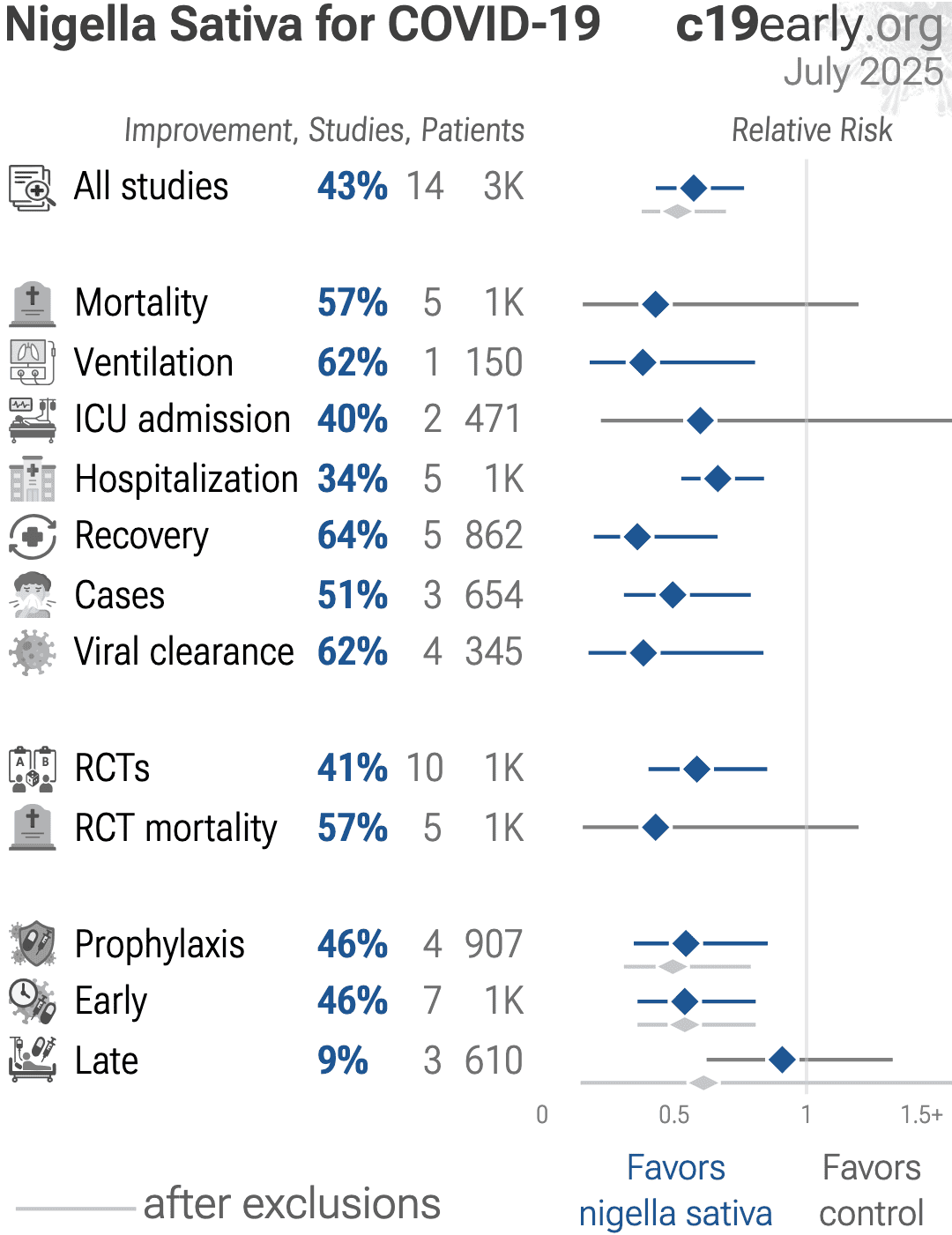Each year, many Christians around the world prepare to celebrate the Resurrection of Jesus Christ on Easter Sunday. This glorious day marks the pinnacle of the Christian liturgical calendar, a moment of profound significance that evokes joy, reflection, and thanksgiving. The question on many minds is: what is the date of Easter Sunday this year? As we look ahead to Easter Sunday in 2025, let us explore not only the date but also the rich tapestry woven through various aspects of this hallowed occasion.
In the year 2025, Easter Sunday will fall on April 20th. The determination of the date of Easter is steeped in historical and theological intricacies, reflecting the confluence of tradition and scriptural narratives. The formula used to calculate Easter is derived from the lunar calendar, specifically the Council of Nicaea in 325 AD, which established that Easter would be celebrated on the first Sunday following the full moon that occurs on or after the vernal equinox. This means Easter can be observed anywhere from March 22nd to April 25th, depending on the cycles of the moon.
The observance of Easter is not only a singular day but is also nestled within the broader framework of Holy Week. Holy Week commences with Palm Sunday, where the faithful commemorate Jesus’s triumphant entry into Jerusalem. Following this, Maundy Thursday, Good Friday, and Holy Saturday reinforce the themes of sacrifice, love, and redemption inherent in the narrative of Jesus’s passion. The culmination of these observances breathes life into Easter Sunday, where worshippers gather for sunrise services and traditional liturgies, proclaiming the triumphant resurrection.
The significance of Easter transcends mere historical recollection. It is a manifestation of hope and renewal, a core tenet of Christianity that celebrates the victory of life over death. For many, Easter serves as a reminder of personal revival and spiritual rebirth. This celebration is often embellished with various customs and traditions ranging from the vibrant Easter eggs symbolizing new life, to unique family gatherings, each festooning the day with individual significance.
In various denominations, the nuances of Easter observance may differ. For instance, in the Roman Catholic tradition, the Easter Vigil is a profound and immersive experience. It begins in darkness, symbolizing the darkness from which Christ rose. The lighting of the Paschal candle signifies the light of Christ entering the world anew, casting aside the shadows of sin and despair. Meanwhile, in Protestant congregations, the emphasis often lies on sermons of hope and resurrection, intertwining liturgical music with contemporary worship styles, creating an atmosphere of ecstatic celebration.
Moreover, cultural expressions of Easter are manifold. In some countries, elaborate festivals showcase the richness of local customs intertwined with the celebration of Easter. For example, communities might host parades featuring lavishly decorated floats, recounting the passion narrative, and highlight the cultural heritage of the region through dance and music. Such expressions are not merely festive; they serve as a conduit for deeper reflection on the core messages of sacrifice and redemption inherent in the Easter narrative.
In the lead-up to this sacred day, adherents might engage in the Lenten season—a period of fasting, prayer, and penance that spans 40 days. This spiritual practice fosters introspection, allowing believers to rid themselves of worldly distractions and focus on their spiritual journey. Each Sunday, leading up to Easter, serves as a mini-celebration, progressively heightening anticipation for the joyous resurrection.
The secular world also acknowledges Easter, albeit through a different lens. The commercialization of the season often manifests in the form of candies, decorations, and bunny motifs. While this divergence from religious significance can be seen as a dilution of the message, it simultaneously exposes broader audiences to the cultural celebrations surrounding the holiday, sparking curiosity about its origins and essence.
Furthermore, the inclusivity of Easter—while fundamentally a Christian celebration—has expanded to accommodate ecumenical practices. Many interfaith dialogues take place during this time, where communities convene, sharing their interpretations and observances of resurrection and renewal. Such gatherings embody the spirit of unity and collective hope, reflecting the universal longing for harmony and revival amidst global challenges.
The preparations for Easter can also encourage believers to engage in acts of service and charity. With the themes of love and sacrifice reigning supreme, many congregations initiate community service projects, seeking to mirror Christ’s love through tangible actions. The act of giving and serving others amplifies the essence of Easter, demonstrating the message of the Gospel in practical ways, whether through food drives, outreach programs, or support for the marginalized.
As April 20, 2025, approaches, one can sense the stirrings of excitement and anticipation in congregations worldwide. The date signifies not just a day on a calendar, but a profound opportunity for reflection and spiritual rejuvenation. As believers look towards the celebration of Christ’s resurrection, they are invited to consider the personal implications of the event, fostering a renewed commitment to their faith and the tenets of love, hope, and grace. In this way, Easter stands not only as a historical marker but also as a living testament of faith, community, and the enduring promise of redemption.



